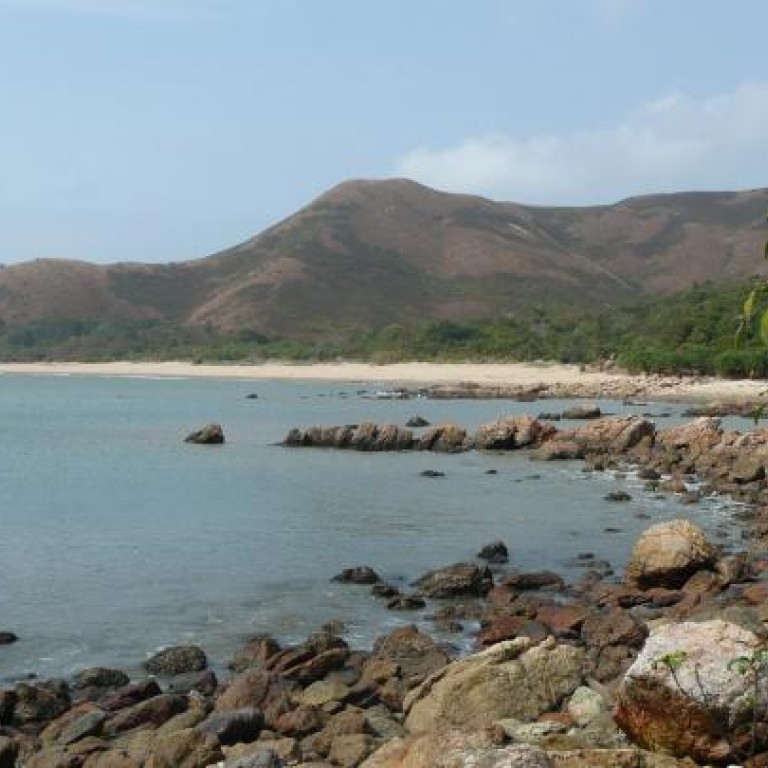
Then & now: the west end
Fan Lau provides city dwellers and 'bird watchers' with natural and historical diversions, writes Jason Wordie
On weekends when the weather is cool, recreational hikers flock to enjoy the rugged hillsides and magnificent coastal scenery of southwest Lantau. Summer weekdays, though, see the area's superb open beaches almost completely deserted - which, in turn, makes them popular among in-the-know nude bathers. And, it must be said, a few in-the-know gawpers, too: some hikers heading for the cliffs above are said to pack their binoculars for their own particular version of "bird-watching".
Generally known as Fan Lau, this area comprises several deserted villages scattered along the coastline between Shek Pik and Tai O. Very loosely translated, Fan Lau means "division of water flowing"; the name derives from a once obvious (but nowadays less apparent) natural feature just beyond the island. Here, the yellowish, silt-laden channel of the Pearl River met the blue-green waters of the South China Sea, the two remaining clearly distinct before eventually mixing.
Its isolated beaches are only one reason to visit Fan Lau. The ruined Ching-dynasty fort, tucked away on the farthest hillside from the beach, is another. According to local gazetteer sources, the fort was built in 1729, at which time it would have been quite small and relatively insignificant: the major expansion of foreign trade through delta waters, which made coast-watching stations a defence imperative, only really expanded from the mid-18th century.
Fan Lau Fort was renovated at some point after 1810 and, by the 1820s, formed part of a significant expansion of fortifications in the coastal Pearl River region. These included forts in places such as Tung Chung and Kowloon City, and further up the river at Humen, referred to in older European sources as the Bocca Tigris.
From 1757, all foreign trade was concentrated at Canton (modern Guangzhou) and incoming ships generally (but not always) called first at Macau. The outbreak of peace in Europe that followed the defeat of Napoleon in 1815, and the worldwide economic boom that followed the start of "the British century", saw an increasing volume of shipping coming to the delta. Enhanced and additional fortifications, as well as better coast-watching facilities, quickly became necessary.
After what became the New Territories was leased to Britain, in 1898, Fan Lau Fort, along with other coast-watching fortifications within the leased territory - such as Tung Chung and Junk Island - were closed and gradually fell into decay. Over time, the wall stones were pillaged by villagers for building materials and the ruins became choked by vegetation. Fan Lau Fort was excavated and restored between 1985 and 1990, and is now a declared monument.
Village works programmes have recently caused great disruption around Fan Lau and a road-width "path" has been hacked through government land from the beach at Yi O. Signs indicate that "agricultural work" - or some form of (one must, of course, presume genuine) preparation for it - is currently being undertaken. Those on the Islands District Board have their own reasons for not antagonising powerful local interest groups and claim that nothing can be done to halt this project. Spurious "agricultural" works projects are commonplace, and starkly demonstrate the powerlessness of what passes for government in much of the New Territories.

